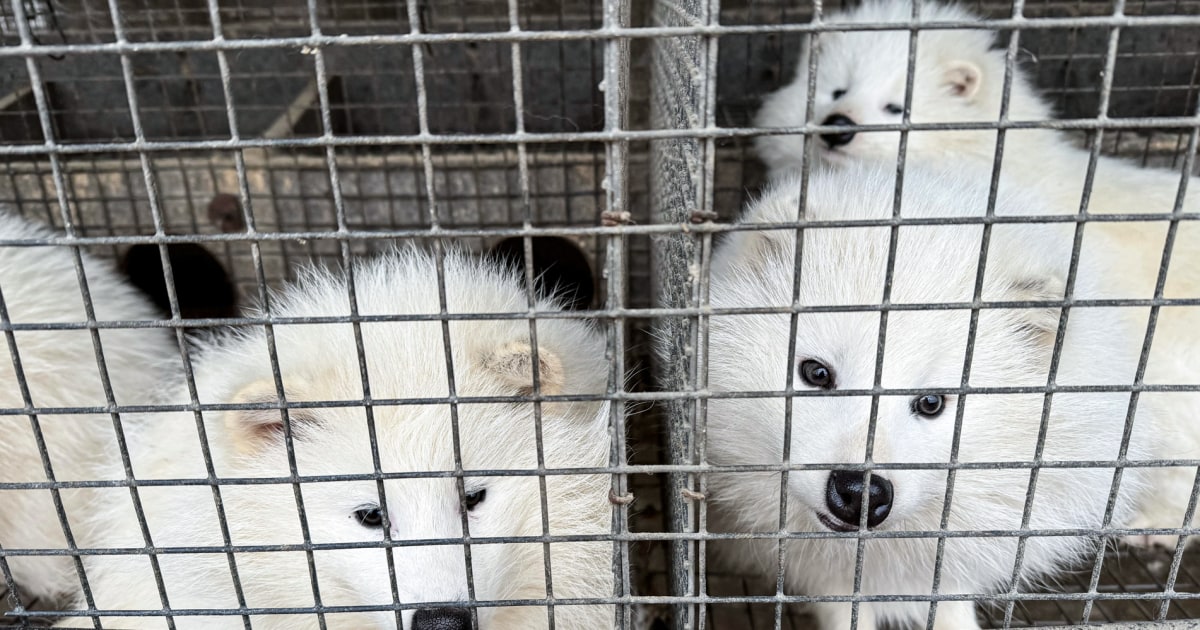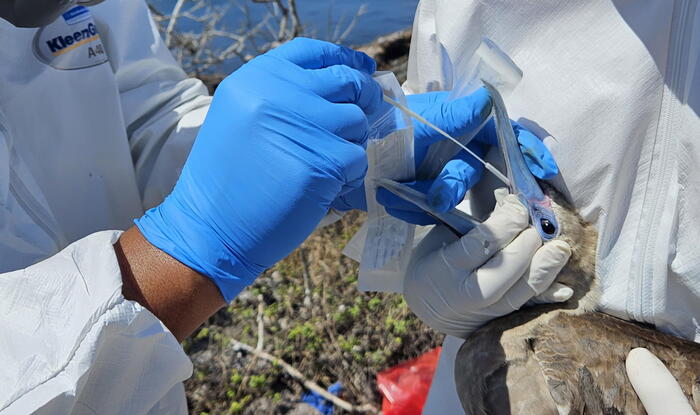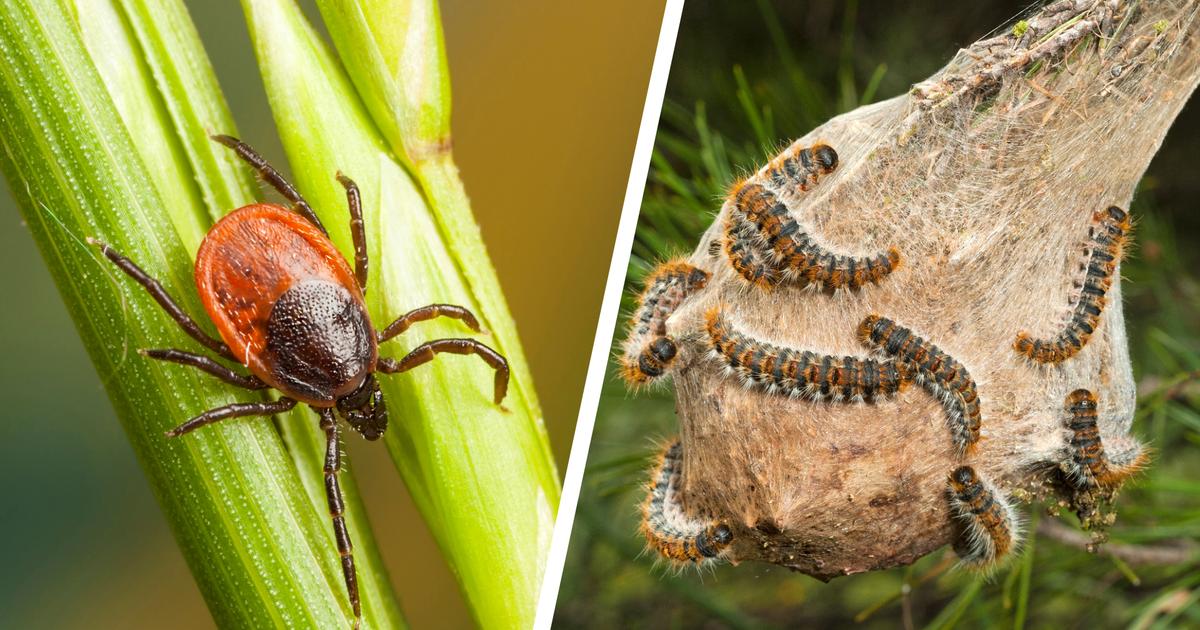If this contamination were proven, it would be a world first. In the Netherlands, authorities established in late May that two mink workers "most likely" contracted Covid-19 through these small mammals. This led the Dutch Ministry of Agriculture to request the slaughter of "more than 10,000 mink" in places where cases of new coronavirus have been found, in order to prevent them from becoming sources of contamination. .
Does this transmission fear the risk of a new contagion? The specialists want to be reassuring and evoke a phenomenon, if it were to be verified, which remains "anecdotal". However, they consider it plausible. "The decision to slaughter mink from contaminated farms is therefore reasonable," said Gilles Salvat, director of animal health and welfare at the National Agency for Food, Environmental and Occupational Health Safety (Handles).
Possible transmission scenario
Admittedly, “it is still difficult to determine the direction of the contamination. In the Netherlands, most of the contaminated farms were infected because the staff were previously infected, ”he recalls. But for the two employees suspected of having been contaminated by mink, the symptoms of Covid-19 were visible first in these mammals. “No cases were then reported among caregivers. Then it came. "
The researchers compared the complete sequence of viruses found in mink and in the two men and found a homology. "However, these sequences are a little different from those of the viruses circulating in the region in other infected humans. Suddenly, the hypothesis of a transmission of the mink to the man seems credible ”, explains Gilles Salvat.
Credible, but not certain. Asymptomatic or pre-symptomatic people can also carry the virus and contaminate mink. “The use of temporary workers is common in farms in the Netherlands. These employees work then leave for other farms or return to their countries of origin. Perhaps they imported viruses from other regions of Europe, which would also explain the difference in sequence between the viruses? Asks the researcher, before summarizing: "What our Dutch colleagues have argued is plausible, they have good arguments, but we are not 100% sure. "
Mustelids, a species sensitive to coronaviruses
The species of mustelids, of which mink are a part with ferrets, or even stoats, is known to be very sensitive to viral diseases with respiratory transmission in humans, therefore to coronaviruses.
“In mustelids, the cellular receptors of the virus (on which the latter will catch on to penetrate the host), are quite similar to those of humans. The same goes for the cell multiplication mechanism that allows the virus to develop in the body, ”explains the ANSES researcher.
But so far, only cases of transmission of SARS-CoV-2 from humans to animals have been proven and these contaminations remain rare. In addition, "most animals that are sensitive to the virus are epidemiological dead ends: they do not transmit the disease," says Gilles Salvat.
Newsletter - Essential news
Every morning, the news seen by Le ParisienI'm registering
Your email address is collected by Le Parisien to allow you to receive our news and commercial offers. Find out more
Domestic cats and some dogs have been tested positive for the new coronavirus, but they are not contagious to humans and little, if at all, contagious to each other. The pig, it seems to escape Covid-19 because the coronavirus fails to multiply in its cells.
Reinforce bio-security
How to explain this weak, even nonexistent (if the two cases in the Netherlands are not confirmed), animal-human contamination, even when the experts agree on the animal origin of SARS-CoV-2? "The virus has mutated and adapted to humans," answers Sophie Le Poder, professor of virology at the National Veterinary School of Alfort (EnvA). It is said to have an animal origin because we find a virus very similar to SARS-CoV-2 in certain species of bats in China. But there was, at some point, a passage from this virus to humans, a cross-species jump, and it changed. The virus that infects us is therefore not that of the bat, ”explains the specialist.
With the epidemic, the researchers mainly noted an inter-human transmission. "And we see that we seem to get out of it by inter-human confinement and inter-human distancing," notes Sophie Le Poder. The risk of contamination by animals remains very negligible compared to the risk of being infected by another person. "
For Gilles Salvat, the hypothesis of a mink-to-human transmission shows that bio-security must be reinforced in these farms. “The risk is real for minks, so avoid introducing the virus by protecting employees against transmission by respiratory droplets. "
The same advice for sick people who want to protect their pets: “When they handle them, you must wear a mask and wash your hands. "Especially if they have a ferret," particularly sensitive to SARS-CoV-2 ", recalls the director general responsible for research and reference to ANSES. “There are between 60,000 and 150,000 ferret owners in France, but these figures are surely underestimated. "









